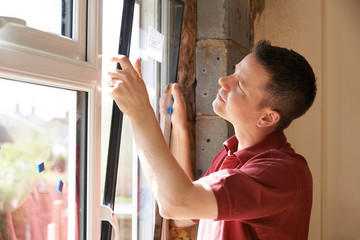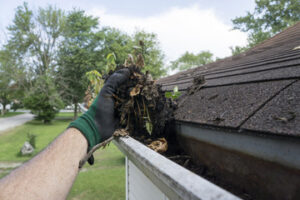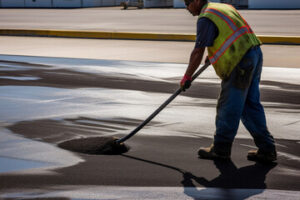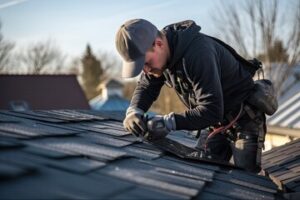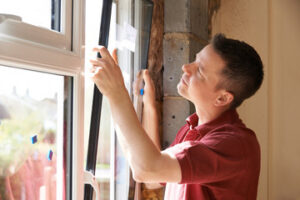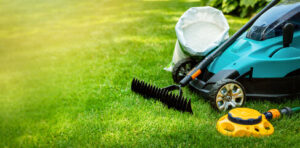Rather than purchasing all the necessary items yourself, party rentals can take the burden off you. They will deliver, set up, and remove everything after the event, which eliminates a lot of stress.

Party Rentals have a wide variety of options to fit any theme you have in mind. They also regularly update their inventory to reflect the latest trends and themes.
If you’re looking to start a party rental business, it is important that you have a solid plan in place. This will help you determine what equipment is necessary and how to best use it, as well as provide a framework for achieving your business goals. It is also a good idea to include your marketing strategies in the plan, as this will allow you to track your progress and make necessary adjustments.
The market analysis section of your plan should cover the size of the potential market for your business and what makes you stand out from the competition. This should include a discussion of demographics (ages, genders, etc.) as well as psychographic profiles, which describe the needs and wants of your target audience. The market size analysis will give you a better understanding of the type of customers you will serve and help you craft more effective marketing messages.
Your business plan should also outline the financials of your business. This includes your expected startup costs and the estimated revenue you expect to generate over time. It should also include a detailed budget of the items you plan to rent out, as well as the cost of any additional services or equipment. You can use this information to get a loan from banks or other lenders.
Depending on your location and market, you will need to decide whether to incorporate your business or form a partnership. Incorporating your business is more formal and offers greater liability protection. Partnerships, on the other hand, are less formal and offer pass-through taxation.
Once you’ve established your business, it’s time to hire employees. You’ll need people who are flexible and passionate about working in the industry. Ideally, you’ll also want to hire people who can take on multiple tasks until you can expand your team further. Moreover, you should choose people that are trustworthy and can be relied upon to deliver quality work. Lastly, it’s a good idea to invest in a rental management software that allows you to manage your inventory and bookings.
Equipment
Starting a party rental business can be an excellent choice for entrepreneurs. It offers a high ROI and allows entrepreneurs to work on their own schedules. It also opens up networking opportunities with local caterers, venues, and other vendors, allowing them to build their brand. Additionally, it provides a platform for people to celebrate their special occasions and create happy memories. It is important to conduct market research to understand the needs and wants of customers in your area. This will help you determine which equipment to purchase and how much to invest in initial inventory. It will also help you determine a unique value proposition (UVP) that sets you apart from competitors and helps potential customers to choose your services.
When it comes to selecting the right party rental equipment, focus on items that are versatile and durable. Purchasing high-quality, long-lasting equipment can save you money in the long run. You will need to ensure that the equipment you select meets all applicable safety and health standards before renting it out. Additionally, you will need to develop a rigorous cleaning and maintenance process for your items that will keep them in good condition.
To start a party rental business, you will need to register it with your local authorities and obtain any required permits and licenses. Depending on your location and regulations, this may include a business license, sales tax permit, and health and safety certifications. In addition, you will need to decide on a legal structure for your business, such as a sole proprietorship, partnership, or LLC. Choosing the right legal entity can help you limit your liability and ensure that all profits are taxed at the personal level.
Another key aspect of a successful party rental business is establishing a strong online presence and a reliable delivery vehicle. In addition to this, it is crucial to have a robust inventory management system that will allow you to track customer orders and manage the availability of your products and services. Using a powerful rental management software like Rentman can simplify your operations and reduce paperwork, saving you time and money.
Marketing
The party rental business is a lucrative opportunity for those with a passion for event planning. However, it requires thorough market research, efficient procedures, and effective marketing strategies to succeed. In addition, you will need to register for taxes and obtain the required licenses for your business. These will vary by country and state, so it is important to consult local laws to ensure compliance.
A key to success in the party rentals business is to differentiate yourself from competitors by identifying your unique value proposition (UVP). This is the value that your clients receive when working with your company. The best way to do this is by asking yourself, “what makes my business different?” Once you have a clear understanding of your UVP, it will be easy to market your services.
Another way to promote your party rentals business is by offering a free event. This is a great way to attract new customers and build brand loyalty. Moreover, it is a cost-effective way to market your products. However, be sure to plan the event carefully and make it a fun and memorable experience for your clients.
You can also improve your marketing efforts by leveraging technology to help you reach more customers. For instance, you can use a website builder to create an online store and display your product catalog. You can also optimize your website using search engine optimization techniques to increase your visibility. Additionally, you can also use social media and influencer marketing to generate buzz about your business.
One of the most successful methods for marketing a party rental business is to focus on your niche. For example, if you are a soft play rental business, you should consider the needs of children and their families when creating your target market. You can even conduct a survey to learn about the needs of your target audience.
Lastly, you should do extensive research before deciding how much to charge for your party rentals. This is because pricing plays a major role in determining your success in the industry. To avoid overspending, you should analyze the price range of your competition.
Insurance
Whether they rent out linens, tables, tents, bounce houses or something else entirely, all party rental businesses need to have insurance. The right policies can protect you from lawsuits, repair bills, lost revenue, and damage to your reputation. Unfortunately, many small business owners in the United States are underinsured, leaving them vulnerable to costly damages.
Getting the right coverage is important for any business, but it’s especially crucial for party rental companies. This type of business is often subject to heavy fines and damages, so you need a policy that will reduce your liability risk. Besides liability, there are several other kinds of coverage that you should consider. These include commercial auto, workers’ compensation, and cyber security insurance.
Another thing to consider is property damage. Even if you take good care of your equipment, accidents can occur during rentals. For example, if a customer is not careful when using your inflatable, it could tip over and cause damage to their home or yard.
You should also look into acquiring general liability and small business umbrella insurance. These policies are designed to fill in the gaps where your other insurance plans leave off. For instance, if you have general liability coverage, it may not cover accidents resulting from your employees’ negligence or certain perils such as earthquakes and explosions.
There are a few options for party rental insurance, but you should always read the fine print and ask questions if you’re unclear about any part of the policy. You should also consider the tax implications of each option. For example, a sole proprietorship is relatively easy and inexpensive to set up, but it leaves you personally responsible for any problems or debts that arise. A limited liability corporation, on the other hand, offers personal asset protection and pass-through taxation, but it’s more complicated to set up and maintain.
Choosing the right insurance for your party rental business is an essential step in running your business successfully. If you are not sure which policy is right for your business, consult an experienced professional or visit websites that compare prices of different insurance plans. These sites can help you select the best insurance plan for your party rental business and save money.
